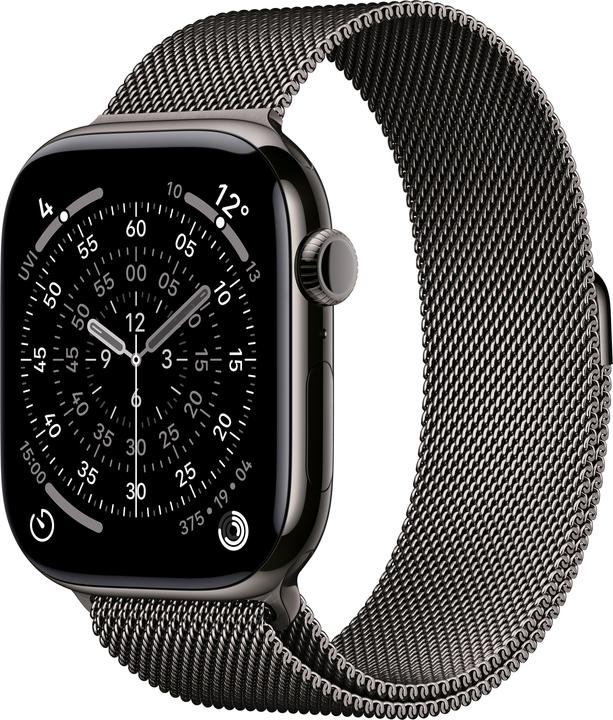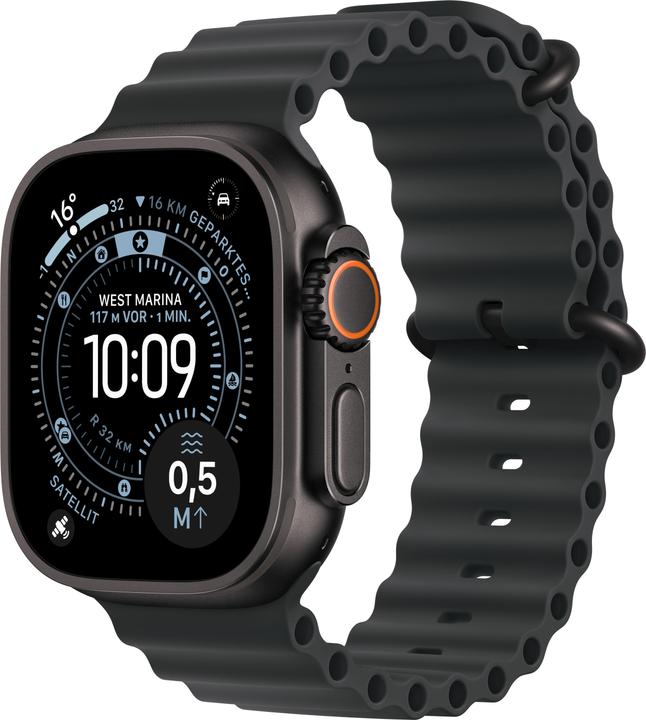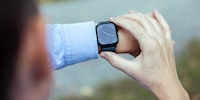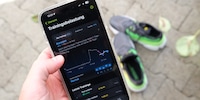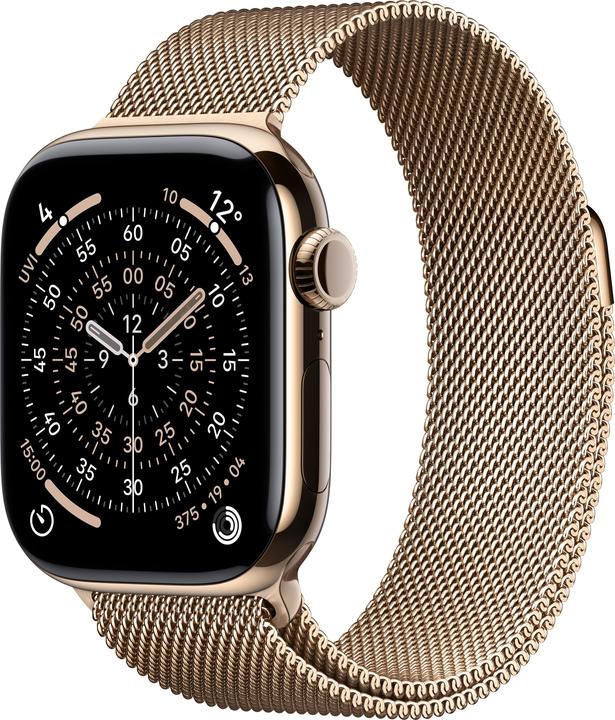

900 layers in 3D printing: Apple shows how the Titanium Watch is made
Apple’s titanium watches – or at least the cases – now come fresh off the printer, saving material. Each watch case is made of 900 ultra-thin layers. What’s surprising is that Apple is giving us a detailed look at the manufacturing process for the first time.
«Mapping the future» headlines the press release detailing the 3D printing process for the current titanium Apple Watch models. Marketing fluff aside, Apple actually shares something remarkable: this year – 2025 – all cases for the Apple Watch Ultra 3 and the current Apple Watch Series 11 have been 3D-printed from titanium. What’s more, they’re made entirely from recycled titanium powder. Apples terms it «an achievement not previously considered possible at scale».
Apple usually keeps manufacturing details close to its chest. Not this time – not with 3D printing. The press release explains step by step how titanium powder is turned into a smartwatch case.
Mind you, don’t picture your home printer doing this. At Apple, one machine prints dozens of cases at once. Each of the 900 layers begins with a print plate coated in titanium powder. Lasers heat the powder wherever the titanium is meant to fuse into solid form. The cases grow from top to bottom in slowly forming, angled rows. Each layer is only 60 micrometres thick. For comparison: a typical human hair is 60 to 80 micrometres in diameter.
After roughly 20 hours, the raw case blanks are printed and ready for further processing. Excess powder is removed from the build plate through a process called rough depowdering. Apple writes, «Because the builds are printed to the near-final shape for all of the interlocks needed on the enclosure, powder can still sit in the nooks and crannies of the cases.» This excess powder is removed in the fine depowdering process (see video below). Only then does production move on to inserting the electronic components.
During depowdering, the individual cases are still connected. A thin, electrically conductive wire is used to separate them during the so-called singulation process. Liquid coolant is sprayed on to keep heat low as the cases are separated.
Less material needed
Titanium is a challenging material. Typical titanium powder is highly reactive. It’s found in fireworks, where it reacts with oxygen to create bright flashes. Since Apple bombards the powder with lasers, engineers and materials scientists had to make sure it contains as little oxygen as possible.
This was cutting-edge materials science.
All that effort seems to be paying off for Apple. The company expects to save more than 400 metric tonnes of raw titanium this year. On the global market, a tonne of titanium costs between USD 5,000 and 10,000. That adds up to millions in no time.
It also brings Apple closer to its goal of becoming carbon neutral by 2030; mining and processing titanium are energy-intensive and tough on the environment (link in German).
Milling as an alternative to 3D printing
Apple’s progress in 3D printing is significant. Still, traditional manufacturing won’t disappear any time soon. Metals are forged using high pressure and heat. The metal is cut into blanks and shaped on CNC machines. This process creates more waste than 3D printing.
So why doesn’t Apple use this know-how to print something like the iPhone case? The manager responsible gave a cautious answer in the German magazine «Spiegel», stating it was necessary to weigh up the most suitable manufacturing option for each product.
We want to unlock new possibilities with 3D printing. But that doesn’t mean we’ll take this – let’s call it a hammer – and use it for every nail. A smartphone is a very different ‘nail’ from a smartwatch.
Journalist since 1997. Stopovers in Franconia (or the Franken region), Lake Constance, Obwalden, Nidwalden and Zurich. Father since 2014. Expert in editorial organisation and motivation. Focus on sustainability, home office tools, beautiful things for the home, creative toys and sports equipment.
Interesting facts about products, behind-the-scenes looks at manufacturers and deep-dives on interesting people.
Show all